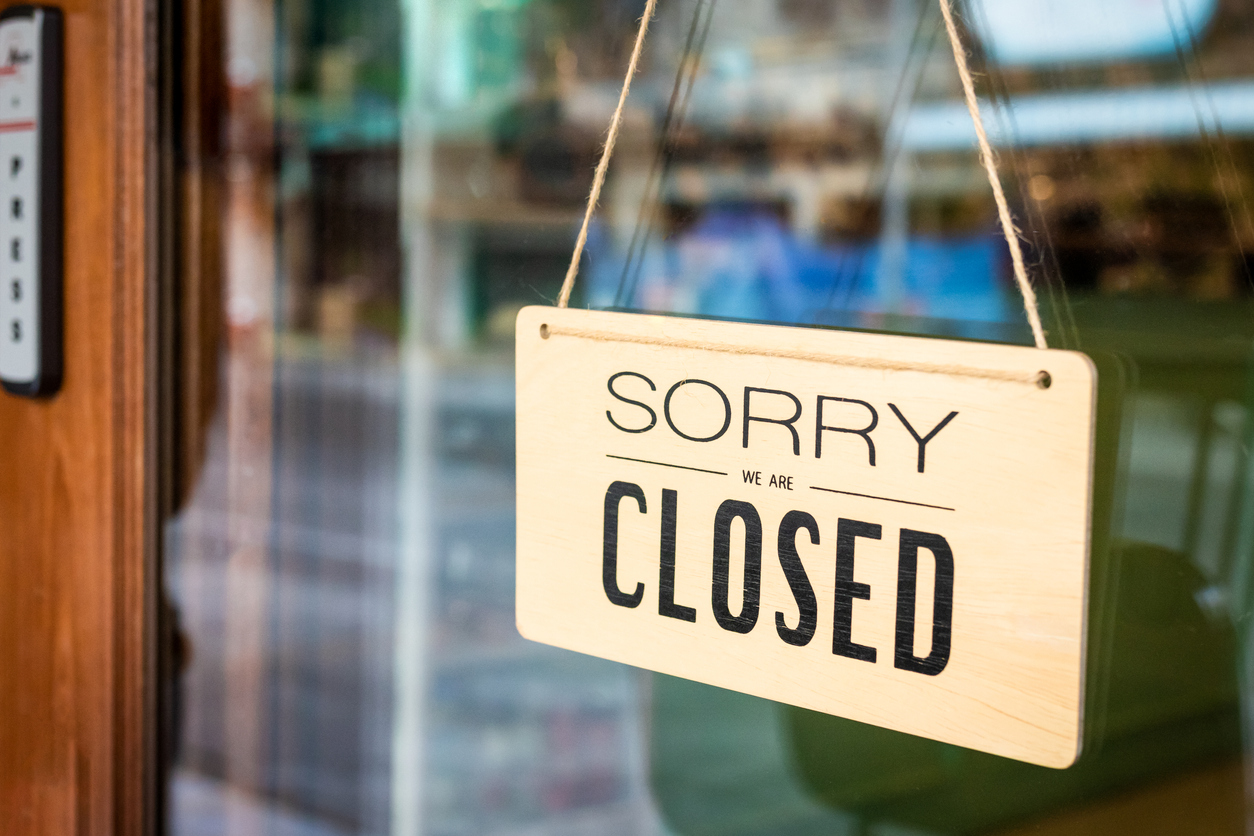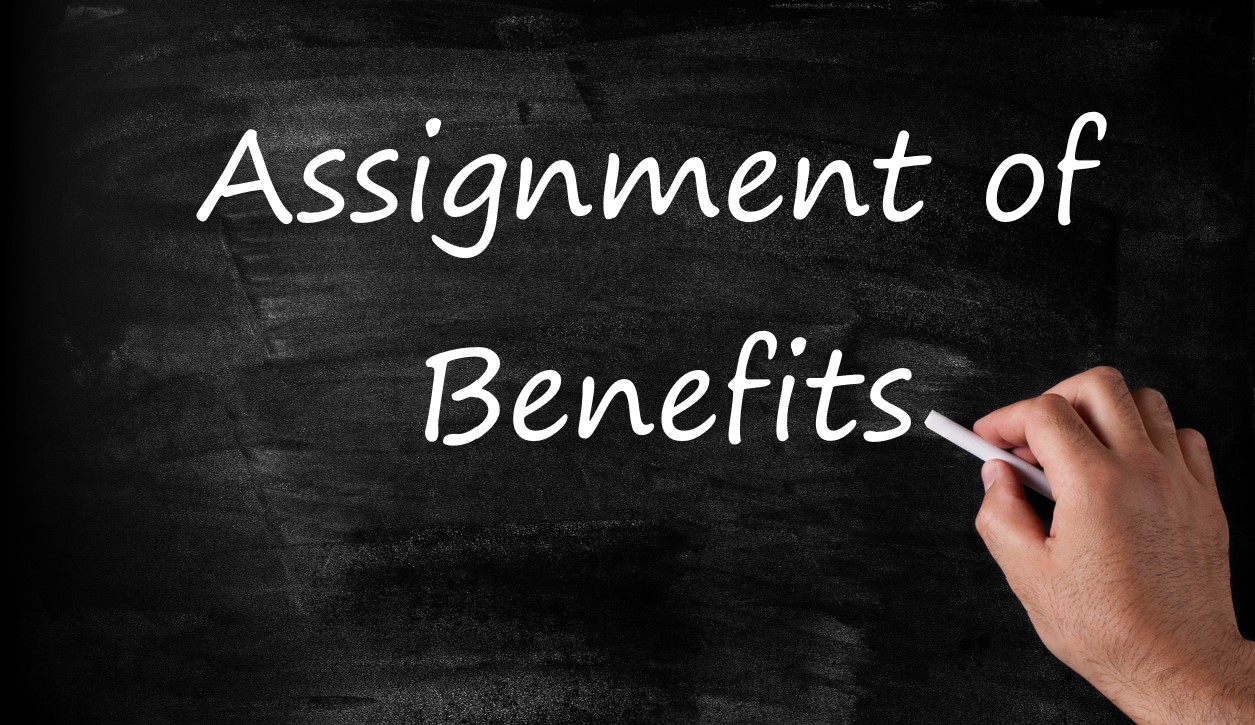The Six P’s and Six E’s form a traditional framework for understanding business interruption analysis, as noted in The Six P’s and Six E’s of Business Interruption Coverage. Today, I am going to discuss the second and third P— “Property” and “Perils.”
Recall the essence of the Six P’s:
“The essence of the Six P’s is that Parties are insured for damage to Property caused by an insured Peril, which results in an interruption of Productivity for a Period of time with a resultant loss of Profit.”
The second P, Property, reflects “physical” property rather than “intangible” property. It can be either real property or personal property. But it is distinguished from “use rights” to property, which are intangible. An example of intangible property loss is damage to reputation of a business trademark.
The damage to real property can be to land, buildings, other structures attached to the land. “Material which encloses space and thereby renders it useful” is how the authors of Business Interruption Insurance: Its Theory and Practice describe as an example of what constitutes physical property. From this perspective, cases that hold that foul odors and “damage” to the air inside the buildings as being “physical” damage are correct from the traditional standpoint.
Bridges, railroad tracks, and lines carrying data or power are examples of Property. Tools, machines, merchandise for sale, goods which constitute stock, and any item needed to make or used in the production process are all examples of property.
Bill Wilson also correctly noted in my Livestream this past Tuesday that Property does not have to be insured Property. This is often wrongly required by commentators, but just read the policy. The only requirement is that the damaged Property must be Property at the Described Premises or Insured Location, depending on the policy.
The third P is Peril. The cause of the damage to the Property has to be caused by an insured Peril. If a Peril is not covered by the underlying policy, it is not covered by the business interruption coverage. This is obviously a major point of contention with the recent shut down of many businesses where the insurance industry is arguing that one of the reasons for no coverage under the policy is that the Peril—a virus—is not covered and specifically excluded under the policy.
I will write about the final three P’s in an upcoming post:
4. Productivity
5. Period
6. Profit
I will have a brief Friday Livestream this afternoon at 2 pm, which will answer some questions from Tuesday and highlight a couple of major property insurance issues.
Thought For The Day
When we look back on all the perils through which we have passed and at the mighty foes that we have laid low and all the dark and deadly designs that we have frustrated, why should we fear for our future? We have come safely through the worst.
—Winston Churchill




